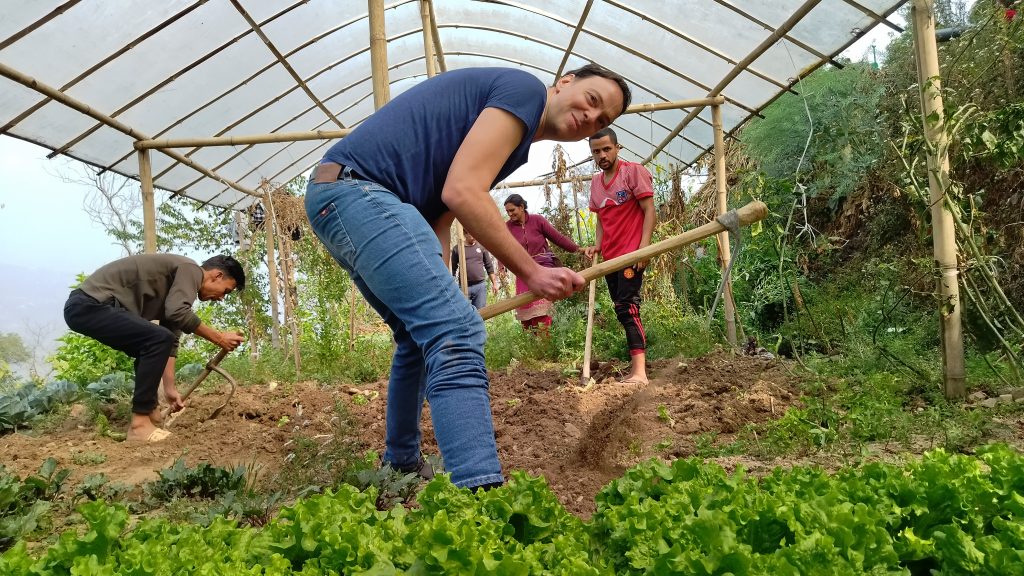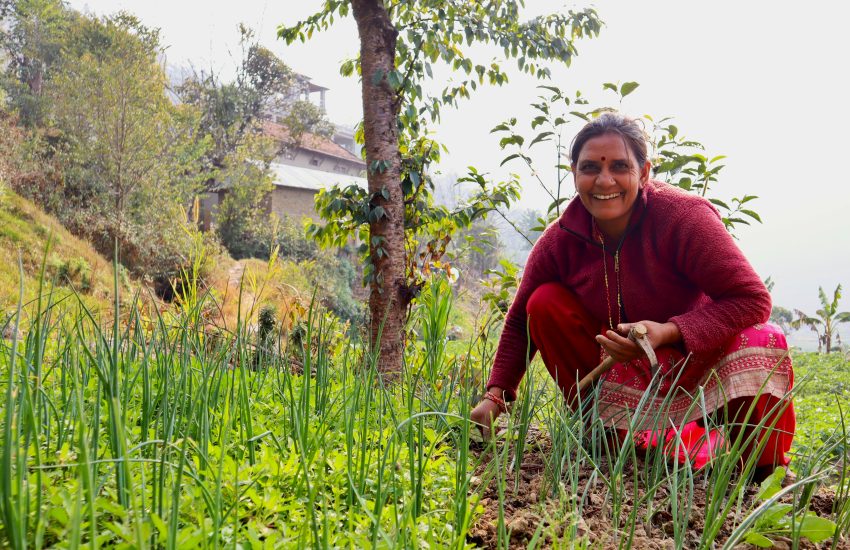In today’s modern world, we deeply value both protecting our environment and ensuring financial success; Blending agriculture with tourism holds excellent promise. This harmonious partnership not only strengthens local economies but also safeguards our precious natural resources, encourages cultural sharing, and brings prosperity to communities.
At Patlekhet Eco Farmhouse, we firmly believe that combining agricultural practices with tourism can enhance our farming efforts and provide steady, dependable income. This blog post delves into the beautiful fusion of agriculture and tourism, illustrating how their collaboration creates pathways to a more vibrant tomorrow.
1. Harnessing Natural Resources:
Agriculture and tourism thrive on the bounty of nature. By aligning these sectors, we can harness natural resources more efficiently. For instance, agro-tourism ventures allow visitors to engage in farming activities such as fruit picking, vineyard tours, or organic farming experiences. These activities provide tourists with hands-on experiences and promote sustainable agricultural practices. This is the fundamental first step in the agro-tourism process.
2. Preserving Cultural Heritage:
Local agriculture often serves as a custodian of cultural heritage. Traditional farming methods, culinary practices, and artisanal crafts are integral to the cultural identity of many regions. Through agricultural tourism, communities can showcase their unique traditions to visitors, fostering appreciation and preservation of local culture. This exchange enriches both tourists and locals, creating meaningful connections and promoting cultural diversity.

3. Economic Empowerment:
The synergy between agriculture and tourism presents significant economic opportunities for rural communities. Agro-tourism ventures diversify income streams for farmers, supplementing traditional agricultural revenue. Additionally, tourism influx generates demand for local products, stimulating rural economies and creating employment opportunities. By leveraging their natural and cultural assets, communities can build resilient economies that thrive in the face of challenges.
4. Promoting Sustainable Practices:
Agriculture and tourism are intrinsically linked to the health of ecosystems. Collaborative efforts can drive the adoption of sustainable practices that benefit both industries and the environment. Sustainable agriculture methods, such as organic farming and agro-forestry, produce healthier food, preserve biodiversity, and mitigate climate change. Similarly, responsible tourism practices, such as ecotourism and farm-to-table experiences, minimize environmental impact and support conservation efforts.

5. Farm to Table Concept:
The Farm to Table concept is a blossoming trend in agro-tourism, inviting guests to relish the freshness of farm-grown foods and vegetables. Delightfully, visitors have the chance to handpick their produce and savor it in their meals. This concept prioritizes health and offers the potential for additional income through the sale of surplus fruits and vegetables. Even barren lands in rural areas can be transformed into fruitful plots for cultivation. Remarkably, this approach doesn’t require vast expanses of land; one can commence with a modest kitchen garden. Moreover, this practice entices more guests to one’s abode, drawn by the allure of fresh and nourishing fare.
6. Enhancing Food Security:
Agricultural tourism promotes food security by connecting consumers with local food systems. Through farm visits, farmers’ markets, and farm-to-table dining experiences, tourists gain insight into the origin of their food and the efforts involved in its production. This direct connection fosters appreciation for locally sourced, seasonal ingredients and encourages sustainable consumption patterns. Moreover, agro-tourism initiatives often support small-scale farmers, strengthening local food networks and contributing to food sovereignty.

Conclusion:
The collaboration between agriculture and tourism holds immense potential for shaping a sustainable future. By energizing their efforts, these sectors can unlock economic opportunities, preserve natural and cultural heritage, and promote environmental stewardship. As we embrace the interconnections of agriculture and tourism, we pave the way for a future where people and the planet thrive in harmony.
We can cultivate a brighter future for generations to come by responsible stewardship of our natural and local resources.
